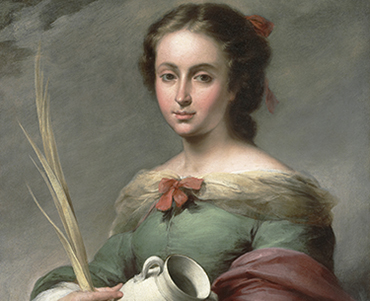Provenance and Research
The Meadows Museum is committed to ongoing research of the provenance, or ownership history, of works in its collections. Since the founding of the Meadows Museum in 1965, Meadows curators and researchers have worked to compile as much provenance data as possible for works of art in the collection. Knowledge of an object’s provenance is important for fully understanding its history - this is especially critical when dealing with works that may have changed hands in continental Europe during the Nazi era (1933-1945).
Provenance research can be quite complex and requires a great amount of time and expertise. The provenance of most works of art is incomplete (an object’s ownership history can be quite difficult to trace, and often there are gaps in ownership information; this is especially true for older objects). The Meadows continues to conduct diligent research on its collections in order to maintain the highest level of transparency and clarity; additional information will be added to the website as it becomes available.
Provenance information for a select number of works in the Meadows Museum's collection is currently available on the website, accessible through a link below each object’s entry. In researching and compiling provenance for these works, the Meadows Museum has followed guidelines issued by the American Alliance of Museums (formerly the American Association of Museums) and the Association of Art Museum Directors. Ownership information of each object is listed in chronological order beginning with the earliest known owner. If known, life dates of owners are listed in brackets. Dealers, auction houses, and agents are enclosed in parentheses in order to distinguish them from private collectors. Relationships between owners and methods of transaction are indicated by punctuation: a semicolon is used to indicate that the work passed directly between two owners (including dealers, auction houses, or agents), and a period is used to separate two owners (including dealers, auction houses, or agents) if a direct transfer did not occur or is not known to have occurred. Footnotes are used to clarify information.
Please click on the image below to see works in our collection for which provenance research is available.
Provenance in The Meadows Collection









